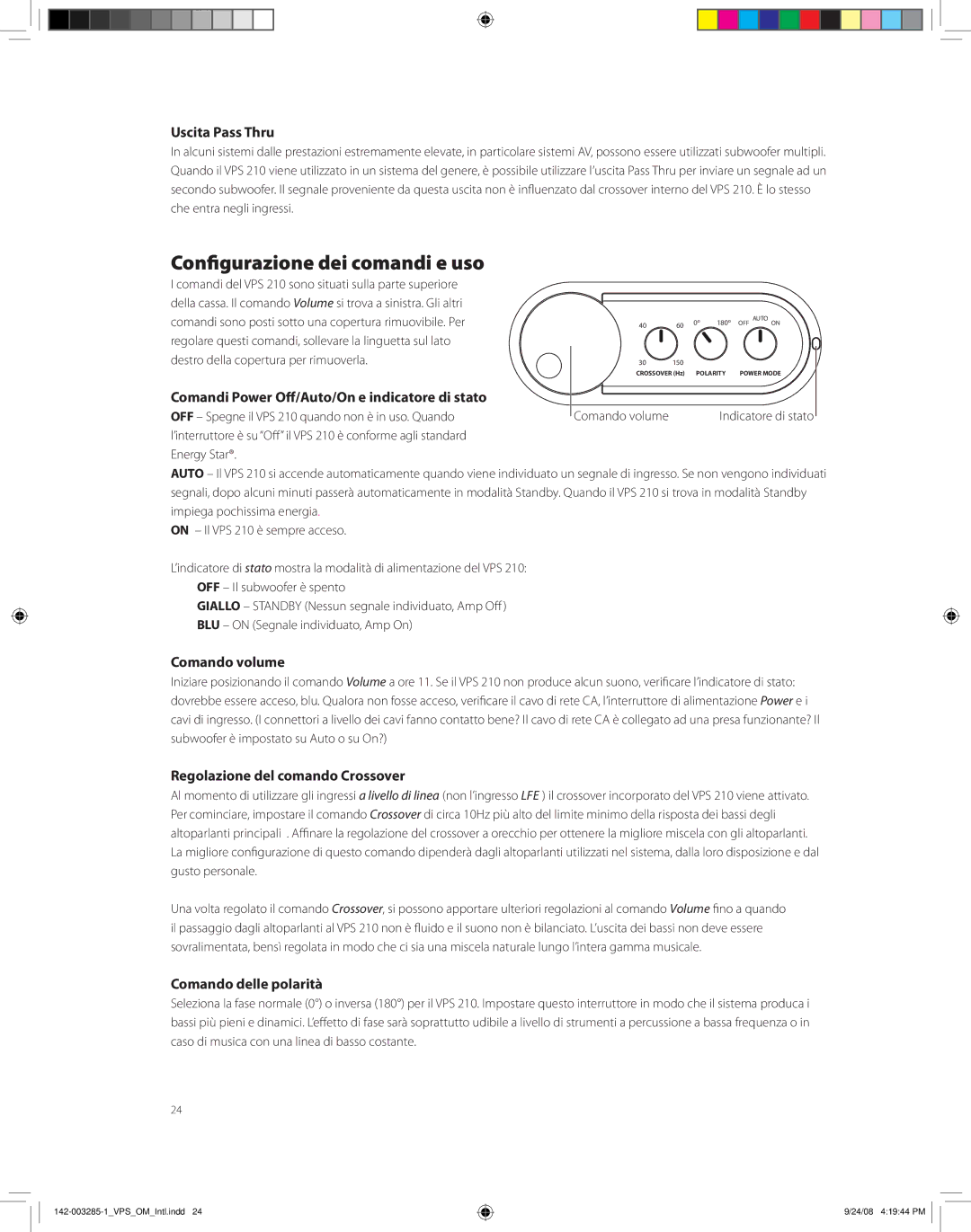high-powered subwoofer specifications
Boston Acoustics, a name synonymous with high-quality audio, offers a range of high-powered subwoofers designed to enhance the listening experience in any environment. Particularly sought after in home theater setups and music systems, Boston Acoustics subwoofers are engineered to deliver deep, resonant bass that is both powerful and precise.One of the main features of Boston Acoustics subwoofers is their innovative design that combines advanced materials and technologies. The use of high-excursion speakers allows for greater movement and displacement of air, resulting in deeper bass tones that fill the room. The enclosure is often constructed with reinforced MDF (Medium Density Fiberboard) to minimize vibrations and resonance, ensuring that the sound remains clear and undistorted even at higher volumes.
Another standout characteristic is Boston Acoustics' proprietary digital signal processing (DSP) technology. This technology optimizes performance by analyzing the audio signal in real-time, adjusting the output to match the acoustics of the room. This means that regardless of where the subwoofer is placed, it can provide an immersive listening experience, making music more dynamic and movie soundtracks more impactful.
The subwoofers also feature adjustable phase and crossover settings, allowing users to customize the output to blend seamlessly with their existing audio system. This flexibility ensures that whether you are listening to music or watching a film, the bass will integrate smoothly with the mid-range and treble frequencies, creating a balanced sound stage.
In terms of power, Boston Acoustics subwoofers come equipped with high-efficiency amplifiers that deliver robust performance without compromising clarity. These amplifiers are designed to handle heavy workloads, producing impressive sound levels without the risk of clipping or distortion.
In conclusion, Boston Acoustics high-powered subwoofers exemplify the brand's commitment to quality and innovation. With features like high-excursion drivers, advanced DSP technology, customizable settings, and powerful amplification, these subwoofers are a fantastic choice for audiophiles seeking to elevate their sound experience. Whether for music, movies, or gaming, the deep, resonant bass produced by Boston Acoustics subwoofers can transform any listening environment into an audio haven.

